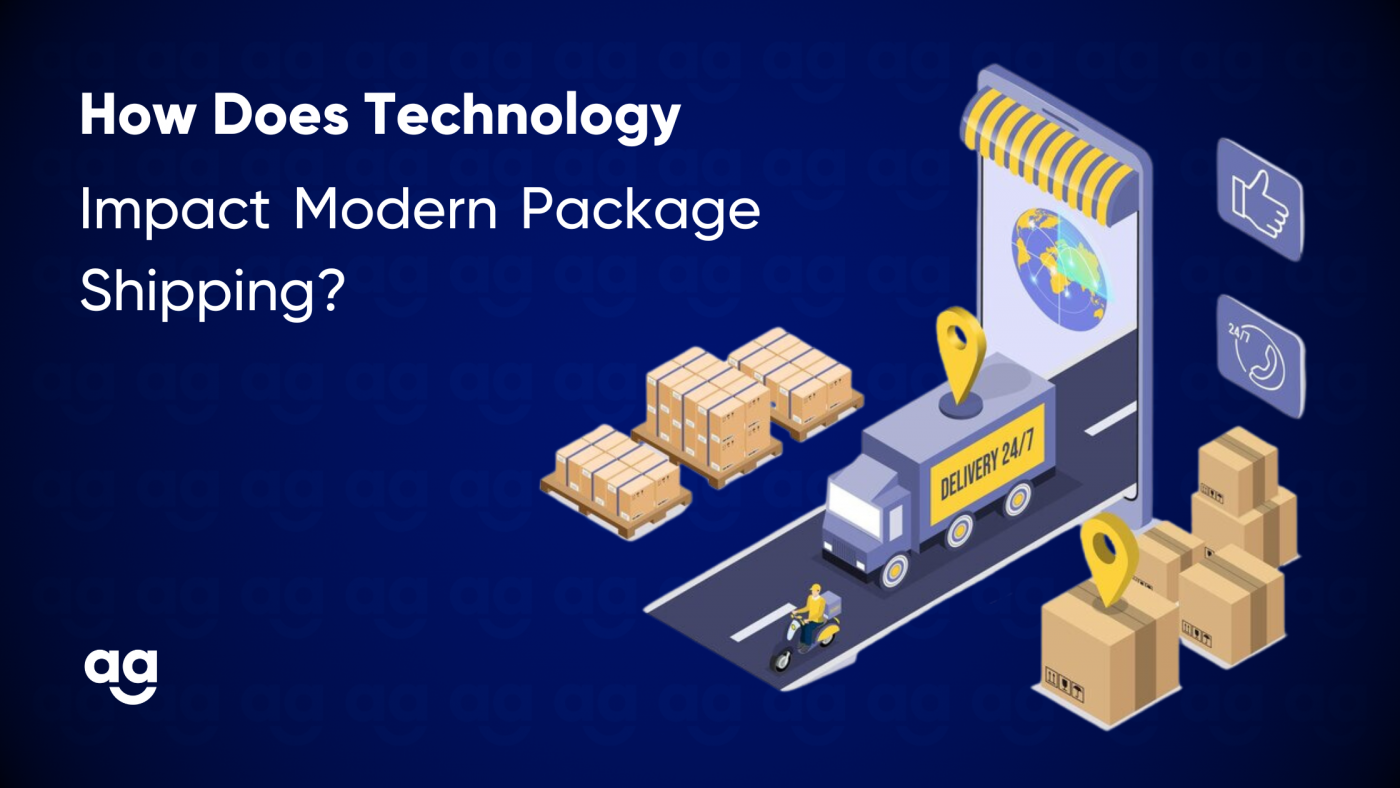Introduction
Technology has become an essential component of the rapidly changing world of courier services, where clients demand nothing less than quick and dependable courier services. Modern ways of shipping packages relies significantly on modern technologies, which have completely changed how items are handled, tracked, and delivered.
We will discuss how technology is changing the courier services sector, with a particular emphasis on offering consumers dependable and effective delivery options.
1. Enhanced Tracking and Visibility
Customers used to wait impatiently for their delivery due to the black hole of package tracking in the past, but these are now a thing of the past, thanks to technology. Nowadays, courier firms have access to sophisticated tracking technologies that give instantaneous information on the whereabouts of packages. Customers and couriers can both track shipments at every stage, from pickup through delivery, thanks to the increased visibility.
Customers can receive precise delivery time estimates using GPS technology, which lowers uncertainty and enhances the overall customer experience. In order to guarantee that items arrive at their destinations on schedule, couriers can also proactively address any problems, such as delays or route adjustments.
2. Efficient Route Planning
Planning routes effectively is essential for the courier services sector. Spending time and money on ineffective routes raises operational costs and causes delays that may irritate clients. An important factor in route planning optimization is contemporary technology.
Couriers can choose the most effective routes by using sophisticated algorithms and artificial intelligence that take into account factors like traffic, weather, and delivery windows. By doing so, the sector not only saves time and fuel but also lessens its carbon footprint, making courier services more environmentally friendly.
3. Streamlined Communication
It is critical that clients and courier services communicate clearly and promptly. A variety of communication options that keep consumers updated on their shipments have been made possible by technology. Customers can stay informed without constantly checking the status of their products thanks to automated alerts, email updates, and text messages.
Furthermore, chatbots and AI-driven customer service options can respond to questions, track packages, and offer assistance around-the-clock, guaranteeing that clients can get help whenever they require it.
4. Automation and Robotics
The sorting and handling of parcels in courier services is being revolutionized by automation. Modern sorting equipment, such as conveyor systems and barcode scanners, are currently used in sorting centers. These innovations speed up the procedure, minimizing physical labor and the chance of mistakes.
Future deliveries could be even quicker and more effective thanks to drones and autonomous delivery vehicles.
5. Data Analytics and Performance Optimization
Data is king in the technological age. The potential of data analytics is being used by courier companies to improve operations. They can spot trends, anticipate busy periods, and more effectively manage resources by looking at past data.
Additionally, data analytics enables courier firms to optimize their service offerings and delivery routes, better meeting client needs. One of the advantages of recent technologies is its capacity to allow businesses to adjust and enhance their offerings in response to shifting market changes.
Wrapping Up
Technology has been a key factor in the development of courier services. The sector has undergone a dramatic transition, from improved routing and tracking to simplified automation. Future developments in technology are expected to increase the efficiency, accuracy, and sustainability of package delivery.







 Shipping
Shipping







